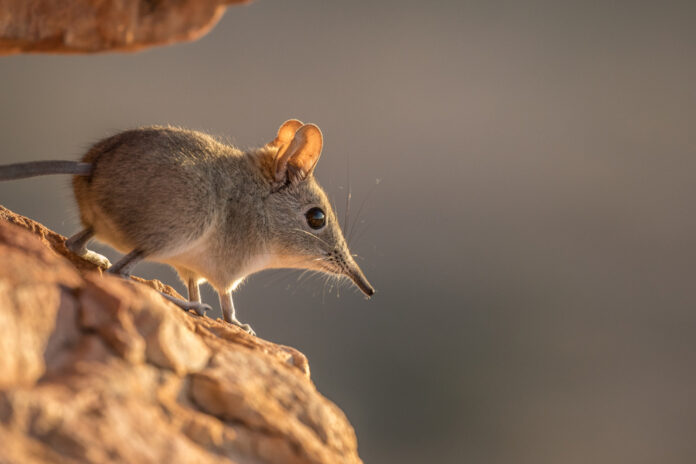About 225 million years ago, at the very dawn of mammalian existence, the creatures that humans and all other extant mammals would descend from were diminutive creatures about the size of a shrew.
This handicap on size placed them squarely on the dinner plate of dinosaurs, and many other larger creatures that lived on our planet at the time. It may also be the reason that their ancestors, including humans, don’t live longer than we do.
“The hypothesis is that mammals spent 100 million years during the time of the dinosaurs at the bottom of the food chain,” says Joao Pedro de Magalhaes, a molecular biogerontologist at the University of Birmingham who recently published an essay on the reasons for mammalian aging.
During this extended period of evolution, it’s possible that mammals evolved out of many of the anti-aging traits that some reptiles, birds, and fish retain today — there’s no point in ensuring a healthy genetic life if you are just going to get eaten before you reach a couple of years of age.
Read More: A Complete Dinosaur Timeline to Extinction: How Long Did They Roam Earth?
Why Don’t Some Creatures Age?
De Magalhaes has always been interested in learning why some animals seem to live so much longer than others. He worked with a team to sequence the genome of bowhead whales— one of the mammals with the longest known lifespans — to find genetic clues related to aging. He also keeps a database of the known lifespans of more than 4,000 species— perhaps the largest database of its kind.
Mostly what he researches is senescence — the process of deterioration with age — rather than calendar years in many of these cases. The chances of death for humans doubles every 6 to 7 years in adulthood, and for many mammals, this senescence rate is even higher.
De Magalhaes was fascinated to read a 2022 study published in Science that compared the aging of 77 species of reptiles and amphibians. The research found that many turtles, crocodilians, and salamanders have very low aging rates. For turtles, the authors attributed some of this to the hard shells of the long-lived species, as well as their slow pace of life.
Read More: Negligible Senescence: Why Do Some Animals Age Differently?
How Did Mammals Evolve to Live Shorter Lives?
Conversely, most mammals have a much higher rate of senescence. Scientists haven’t learned all the answers to why most mammals haven’t evolved to resist aging the way that some reptiles and fish do. But one factor is likely related to teeth.
Whereas humans only replace a full set of teeth once in their lives (when we lose our baby teeth), creatures like sharks replace teeth continuously. Before the advent of fillings and dentures, tooth infections were a common source of mortality. If a mammal lost all of its teeth, its diet would be limited, which would also shorten its lifespan.
Read More: Human Ancestors Must Have Co-Existed With Dinosaurs, Study Says
Since most mammals didn’t live long before dinosaurs ate them, their genomes likely lost the ability to regenerate teeth after a certain age as it was an unnecessary trait. This wasn’t just a short period — mammals were mostly small prey species for more than 100 million years during the age of the dinosaurs. In fact, it wasn’t until well after the dinosaurs were gone, about 55 million years ago, that mammals began to grow in size to occupy places higher in the food chain.
Most mammals also lost a genetic pathway still carried by birds and reptiles that repairs the damage from ultraviolet rays to DNA. This isn’t universal among mammals — marsupials, which diverged early on from most extant mammals, still retain this genetic pathway. But the rest of mammals, which come from the eutherian lineage, lost this trait early on, de Magalhaes says, and as a result our genes slowly decay under UV light.
“We have fewer mechanisms to repair UV damage than say chickens, or reptiles,” he says.
Though it isn’t directly related to aging, de Magalhaes also says that female menopause can limit the reproductive aging of mammals. If not menopause, he says most female mammals reach some form of reproductive senescence.
Ultimately, these factors and likely others played major roles in the reason why humans, and most other mammals, don’t survive as long as some other reptiles, birds, fish, and amphibians.
“What’s unique is that we were at the bottom of the food chain for such a very long time during the time of the dinosaurs,” de Magalhaes says.
Read More: The Time of Giants: How Did Dinosaurs Get So Big?
Source : Discovermagazine






